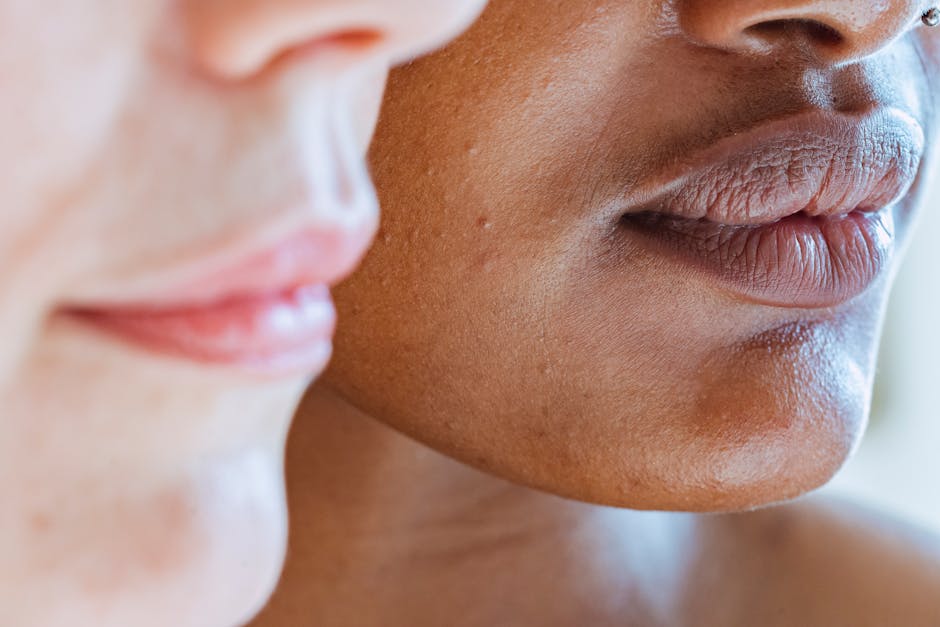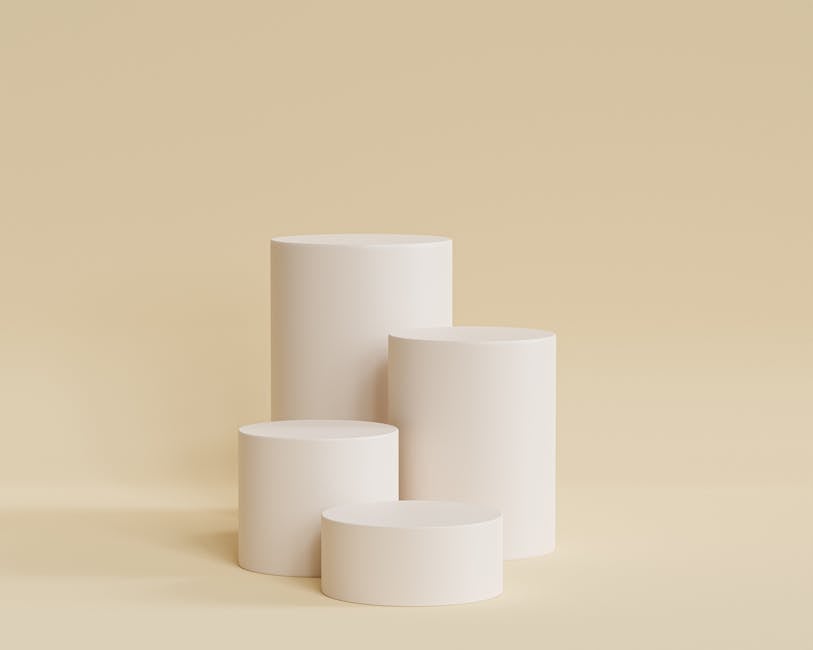5 Best Strategies for Minimum Viable Product Design
Embarking on the journey of product design is like navigating uncharted waters. You seek innovation, efficiency, and impact. To achieve this, you need the best strategies for minimum viable product design.
- Embrace a user-centred approach.
- Employ rapid prototyping techniques.
- Iterate based on feedback.
- Prioritise features.
- Embrace minimalistic UI/UX design.
These strategies will guide you through the tumultuous sea of innovation, helping you chart a course towards success.
Key Takeaways
- Conduct user research and gather specific insights into user preferences and pain points.
- Engage in iterative testing and make informed decisions based on real user experiences.
- Create a minimum viable product that alines with user preferences and provides a seamless experience.
- Collect and analyse user feedback to continuously improve the product.
User-Centred Design Approach

To ensure your minimum viable product design meets user needs, start by conducting user research and gathering specific insights into their preferences and pain points. User research is essential for understanding the behaviours, motivations, and needs of your target audience.
By engaging in iterative testing, you can gather valuable feedback early in the design process, allowing you to make informed decisions and iterate on your product based on real user experiences. Iterative testing involves continuously refining and improving your product through multiple rounds of testing and feedback collection.
This approach enables you to identify and address any useability issues, validate design choices, and ensure that your product alines with user preferences. By incorporating iterative testing into your design process, you can create a minimum viable product that resonates with your target users and provides a seamless experience.
Rapid Prototyping Techniques

A crucial step in refining your minimum viable product design is implementing rapid prototyping techniques to quickly validate and iterate on your ideas. Rapid prototyping allows you to test multiple versions of your product with real users and gather valuable feedback early in the design process. By embracing iterative development and agile methodology, you can swiftly make adjustments based on user input, leading to a more refined and user-friendly product.
| Rapid Prototyping Techniques |
|---|
| 1. 3D Printing |
| 2. Wireframing |
| 3. Paper Prototyping |
Using 3D printing enables you to create physical prototypes for a hands-on evaluation of the product’s form and function. Wireframing, on the other hand, allows you to draught digital mock-ups to visualise the user interface and navigation flow. Paper prototyping is a low-cost method to gather feedback on early-stage designs by having users interact with paper-based representations of the product.
These techniques empower you to quickly iterate on your designs and gather valuable insights, which are essential for creating a successful minimum viable product.
Moving on to the subsequent section about ‘feedback-driven iteration process’, you will learn how to effectively incorporate user feedback into your design process for continuous improvement.
Feedback-Driven Iteration Process

As you embrace rapid prototyping techniques to refine your minimum viable product design, you’ll now focus on integrating a feedback-driven iteration process to continuously improve the user experience. Continuous improvement is key to delivering a product that truly resonates with your target audience. By actively seeking user validation through feedback loops, you can identify areas for enhancement and address them iteratively. This approach not only ensures that your product remains alined with user needs and expectations but also fosters a culture of responsiveness to user feedback, which is essential for building a loyal user base.
Feedback-driven iteration involves collecting user feedback, analysing it, and swiftly implementing improvements based on the insights gained. This process allows you to prioritise enhancements based on real user experiences, ensuring that each iteration brings about tangible improvements. By consistently refining your product in response to user feedback, you demonstrate your commitment to delivering a user-centric solution that evolves in line with user needs and preferences.
Transitioning into the subsequent section about ‘feature prioritisation methodology’, it’s important to consider how the insights gained from the feedback-driven iteration process can inform the prioritisation of features to further enhance the user experience.
Feature Prioritisation Methodology

Prioritise features based on user feedback and business goals to maximise the impact of your minimum viable product. In the Agile development and Lean start-up environment, feature prioritisation is crucial for delivering a product that resonates with your target audience while staying alined with your business objectives.
Start by identifying the core features that are essential for solving the primary problems your product aims to address. This entails gathering user feedback and analysing market demands to understand what’ll provide the most value to your customers.
Once you have a clear understanding of these essential features, employ techniques such as MoSCoW prioritisation (Must have, Should have, Could have, Won’t have) to categorise and rank additional features according to their importance and impact on the user experience. By utilising this method, you can ensure that your minimum viable product isn’t only functional but also provides the most value to your users.
This approach allows you to deliver a product that meets user needs while remaining alined with your business goals, a crucial aspect of successful product development.
Transitioning into the subsequent section about ‘minimalistic ui/ux design principles’, the prioritisation of features is foundational to creating a streamlined and user-centric product experience.
Minimalistic UI/UX Design Principles

Implementing minimalistic UI/UX design principles enhances user experience and streamlines product functionality. Minimalistic branding focuses on simplicity, clarity, and efficient communication, which alines with the modern user’s preference for clean and uncluttered interfaces. By incorporating minimalistic UI/UX design principles, you can create a visually appealing and intuitive product that resonates with users and fosters a sense of trust and professionalism.
When it comes to user engagement, a minimalistic approach can be highly effective. By removing extraneous elements and focussing on essential features, you can guide users’ attention towards key actions and interactions, thereby improving useability and driving meaningful engagement. Minimalistic UI/UX design principles prioritise content and functionality, leading to a more efficient and enjoyable user experience.
Furthermore, minimalistic design principles can contribute to faster load times and improved performance, which are crucial factors in retaining user interest and satisfaction. Embracing minimalism in UI/UX design not only results in a visually impactful product but also demonstrates a commitment to delivering a seamless and user-centric experience.
Frequently Asked Questions
How Can We Ensure That Our MVP Design Alines With Our Long-Term Product Vision and Goals?
To ensure long-term alinement with your product vision, prioritise iterative development and user testing in MVP design. Embrace a culture of innovation, incorporating feedback and insights to refine your product, ensuring it alines with your long-term goals.
What Are Some Common Pitfalls to Avoid When Using Rapid Prototyping Techniques for MVP Design?
When using rapid prototyping for MVP design, avoid perfectionism. Embrace iterative improvement and quick feedback. Don’t get stuck refining every detail. Stay focussed on the bigger picture and the end goal of innovation.
How Can We Effectively Manage and Prioritise Customer Feedback During the Iteration Process?
To effectively manage and prioritise customer feedback during the iteration process, engage with customers consistently, gather feedback actively, and use tools for feedback prioritisation. This fosters customer engagement and ensures valuable insights drive innovation.
What Are Some Key Factors to Consider When Determining Which Features to Prioritise in Our Mvp?
When determining which features to prioritise in your MVP, think of user feedback as a compass, guiding you through the iterative development journey. Consider impact, feasibility, and uniqueness to create a standout product.
How Can We Maintain a Balance Between Minimalistic Ui/Ux Design and Providing a Seamless User Experience in Our Mvp?
Maintaining a balance between minimalistic UI/UX design and providing a seamless user experience in your MVP involves prioritising functionality while ensuring simplicity. Implement user testing and iterative design to continuously refine and improve the user experience.
Conclusion
So, in conclusion, when designing a minimum viable product, remember to keep the user at the centre of your design process. Use rapid prototyping to quickly test and refine your ideas. Gather feedback to drive iteration, prioritise features based on value, and keep your UI/UX design minimalistic and user-friendly.
These strategies are the building blocks for creating a strong foundation for your MVP. Like pieces of a puzzle coming together to form a complete picture.
Contact us to discuss our services now!
